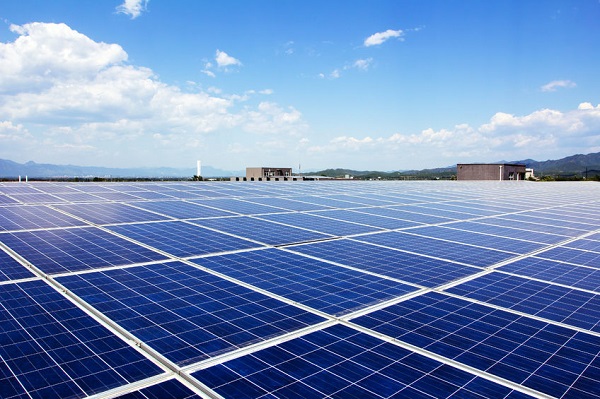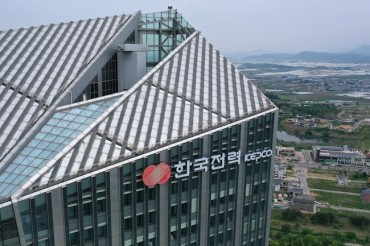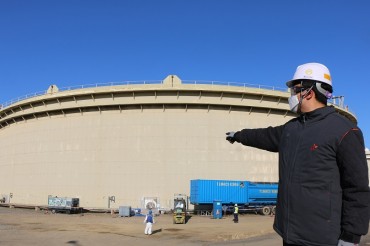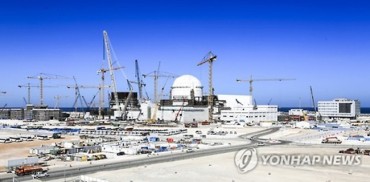“The newly created unit will cement its position as the global leader by strengthening its product portfolios while improving its expertise in the downstream areas of EPC [engineering, procurement and construction] and project financing.”
“It will also play the leading role for Hanwha Group’s solar power business at a time the world’s solar power market is gradually recovering, thereby contributing to the nation’s bid to become a hub for the global solar power industry.”
—Nam Sung-woo, CEO, Hanwha SolarOne

Hanwha SolarOne and Hanwha Q-Cells will become the world’s largest solar power company by a merger. (image: Kobizmedia/Korea Bizwire)
SEOUL, Dec. 10 (Korea Bizwire) – Hanwha SolarOne and Hanwha Q-Cells will become the world’s largest solar power company by a merger. According to Hanwha Chemical on December 8, the two Hanwha Group companies will consummate their union in the form of Hanwha Solar Holdings, the holding company of Hanwha Q-Cells, exchanging 100 percent of Q-Cells shares with newly issued shares of Hanwha SolarOne.
The new unit’s headquarters will be located in Seoul while Q-Cells’ main office in Thalheim, Germany, will be used as a technology & innovation center. The new organization’s CEO position will be assumed by Nam Sung-woo, the current CEO of Hanwha SolarOne. The combination will be finalized by the end of the first quarter in 2015. The newly created unit will have a total cell capacity of 3.28 gigawatts, well above that of Yingli Solar of China, the current industry leader, at 3.19 gigawatts.
Hanwha moved into the photovoltaic business in 2010 when it acquired China’s SolarOne Power Holdings. It then made another acquisition in 2012 by taking over Germany’s Q-Cells that was under court receivership at the time. A group official said that the merger was intended to enhance business efficiency.
Even after the merger, the companies will keep undertaking capacity expansion projects as originally planned. For example, they will build an 800-megawatt solar module production line in Hanwha Q-Cells Malaysian plant. Their polysilicon capacity will also rise to 15,000 tons by the end of next year.
By Kevin Lee (kevinlee@koreabizwire.com)






